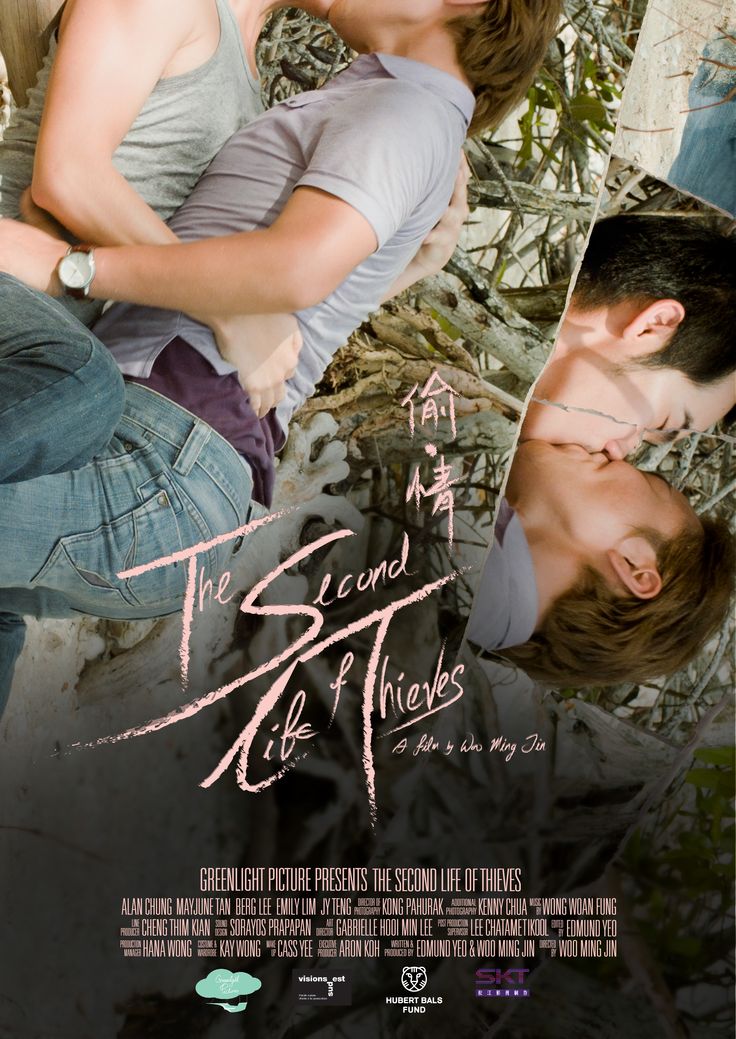

In 2020, according to Rolling Stone, the percentage of female artists was just 20%, female songwriters 13%, and female producers a mind-numbing 2%. In fact, by some counts, the industry’s gender inequities are more extreme than Hollywood’s. And third, whether we like it or not, the music industry is dominated by boys. Second, that happens to be the name of their greatest hits collection, released in 2003 by Capitol Records. First of all, tunes like “California Girls” and “Surfin’ USA” have become forever linked with the season’s beach culture. This can be an answer, another question, or a consequence of your character.When you hear the phrase “Sounds of Summer,” chances are you think of the Beach Boys. The end of a character-driven documentary can take many forms.īut in general, it must give a response to the message or question that your character transmits. The end of a character-driven documentary: What aspects of your character should shine in order to bring the message home?

Your audience will make their own conclusions, opinions and impressions of the subject EVEN if you don’t tell them absolutely everything. This is where you can delve into your character’s history, their sense of humor, their lifestyle, etc.īut don’t feel like you need to spell the whole story out. The middle of your documentary is where you want to bring in the main question of your subject or some kind of conflict. Here it will be very helpful to watch the below video to see a few examples: In the first minute of your documentary, you’ll need to reveal something about the story and hook your audience with some kind of open-ended question about your character. This is true for every documentary, but especially if you’re aiming for your story to be perceived as “character-driven.” The first scenes of your character-driven documentary must be impactful. There is beauty in pursuing something unordinary regardless of judgment from the outside world. Did he face any judgment for his pursuit?.“You Will Survive Doomsday” - Bruce built a crazy bunker. Sometimes our passions can be about much more than just an activity. These questions helped Kyle to settle on the final message and direction: Is that performance a form of escape from something? And if so,.“The Man with The Voice” - Terry lives a double life as an Elvis impersonator. Here are a couple of the questions Kyle asked himself in order to find those deeper stories and ultimately the direction for the two characters: In the above video, Kyle reminds us that “everyone has some kind of deeper story or journey behind the things that they do.” One of the biggest mistakes you can make when working on a “character-driven” story is to focus only on what’s obvious or apparent about the character. Once you identify the core message or theme of your character’s story, you can start to develop the direction of your “character-driven” doc. Bruce and Terry communicate strong themes or messages in their unconventional choices.



 0 kommentar(er)
0 kommentar(er)
